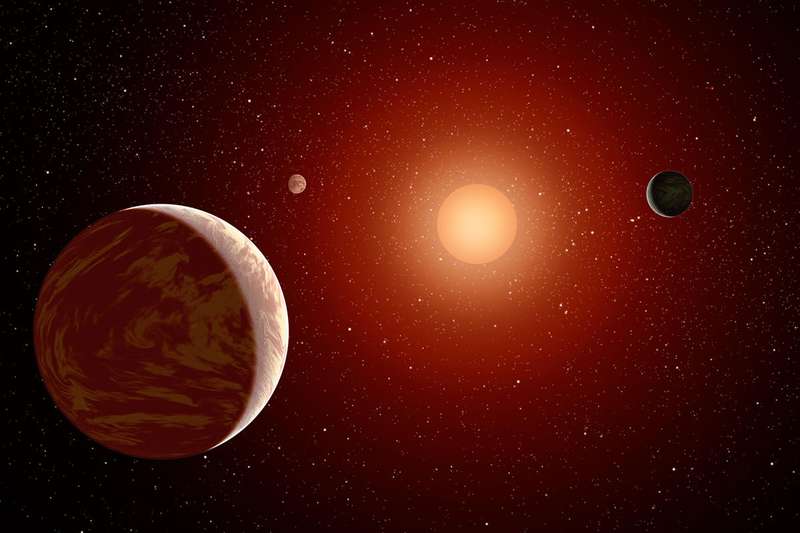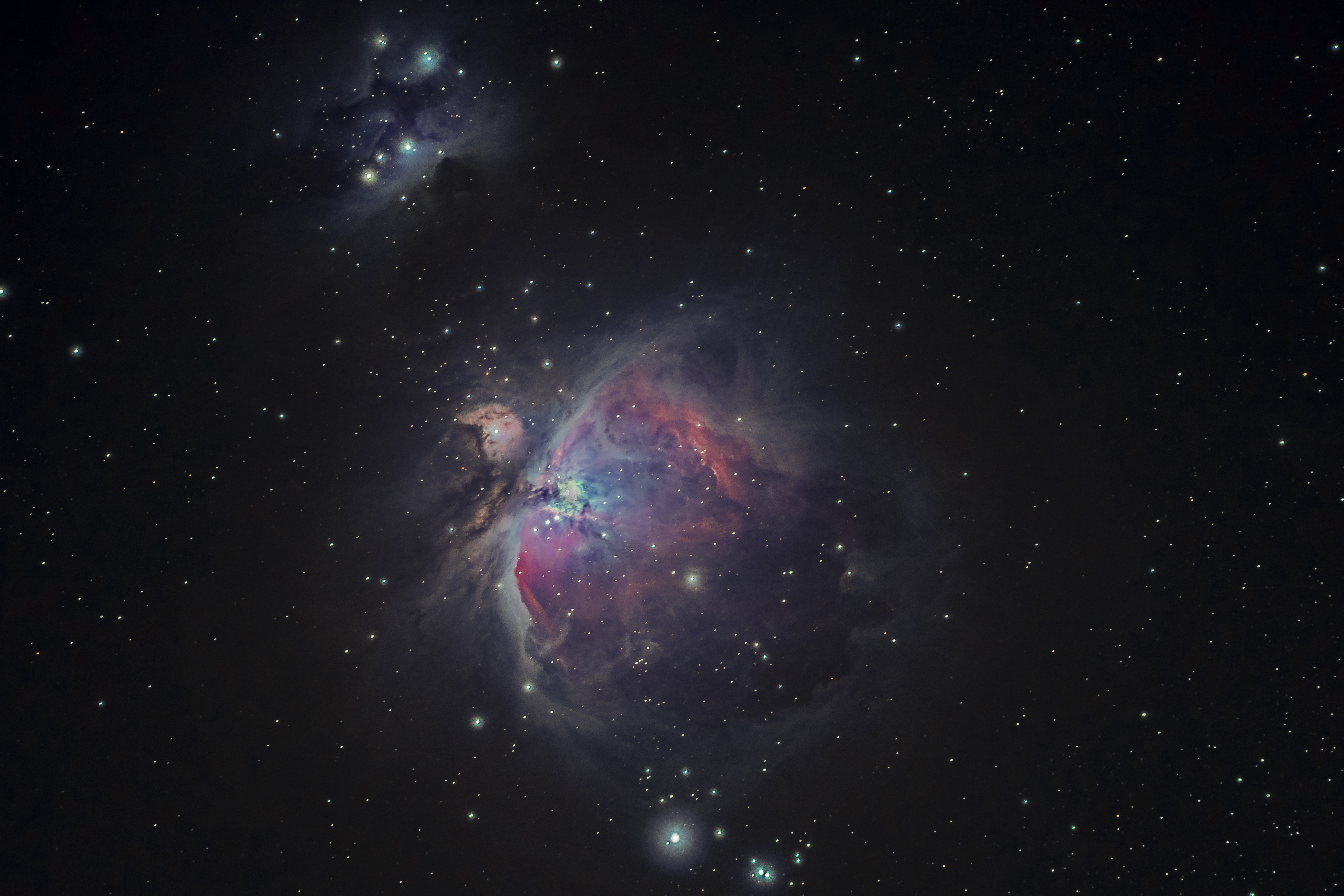
Astronomers have discovered that the clouds of gas and dust—the interstellar medium (ISM)—found between the stars are made of the same materials as the stars themselves. In fact, hydrogen is the most common element in both stars and the ISM, followed closely by helium.
But it would be more accurate to say that stars are made of the same material as the ISM, not the other way around.
This is because all of the stars formed out of material in the ISM at some point millions to hundreds of billions of years ago. And when they die, they return that material—what’s left of it—to the ISM.
Specifically, stars form out of the giant molecular clouds (GMCs) of the ISM. But how?
Continue reading

